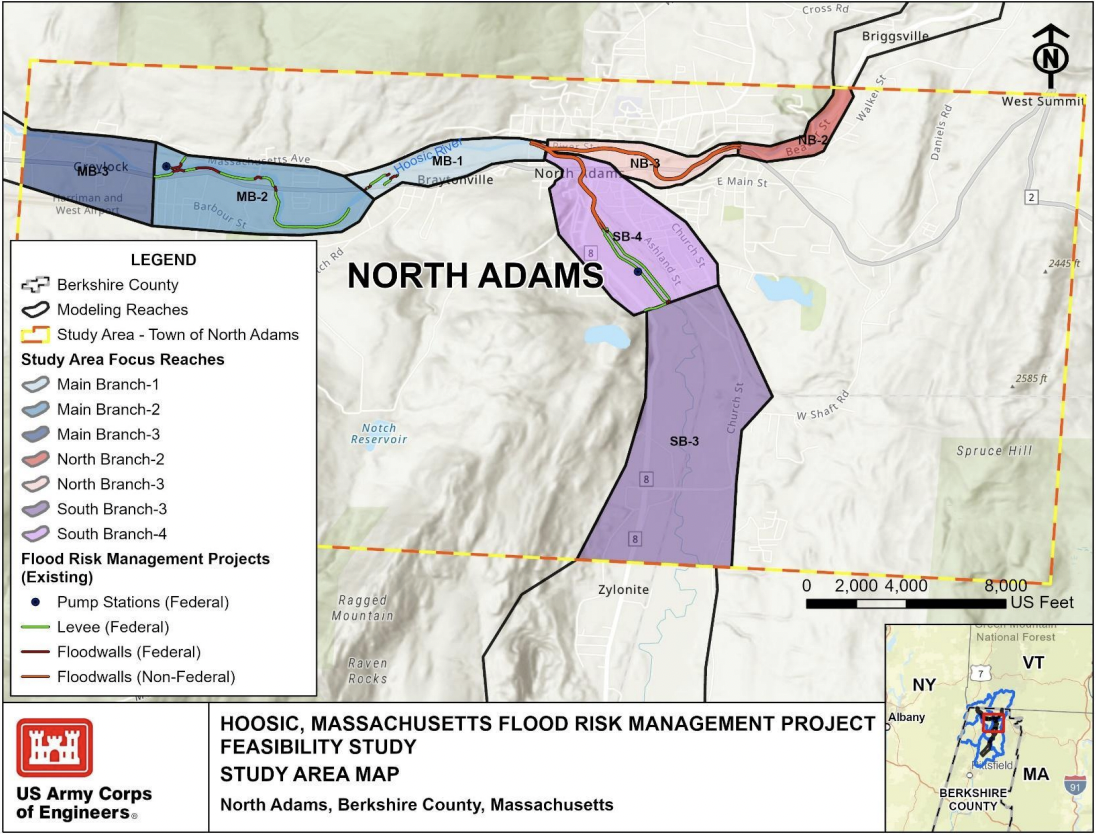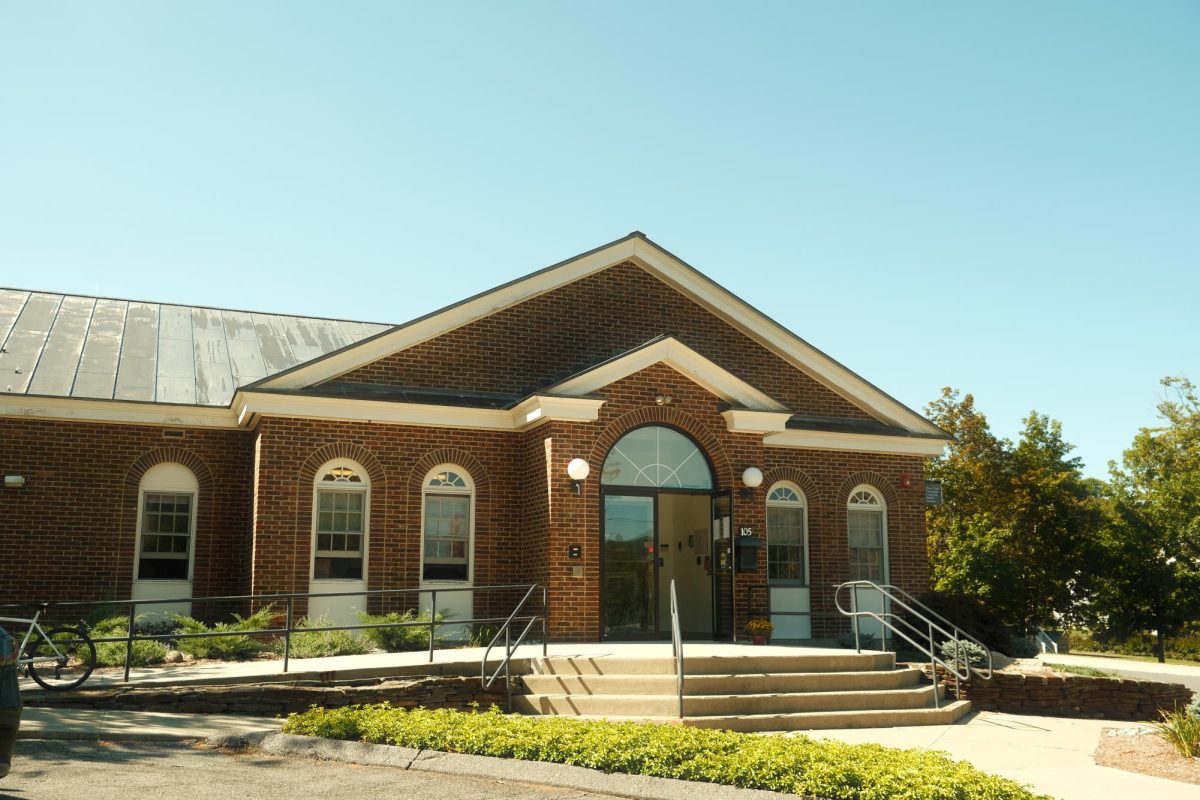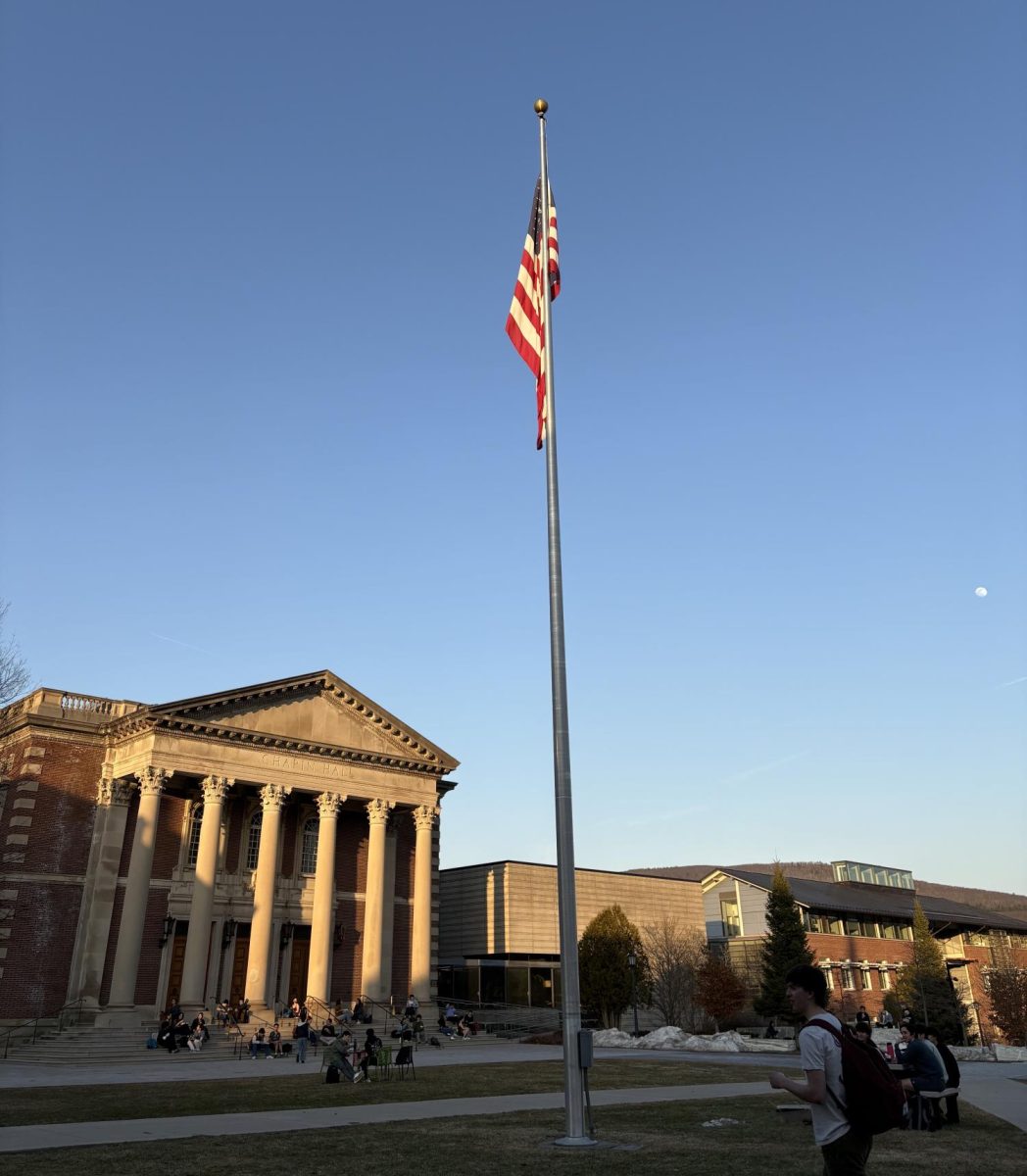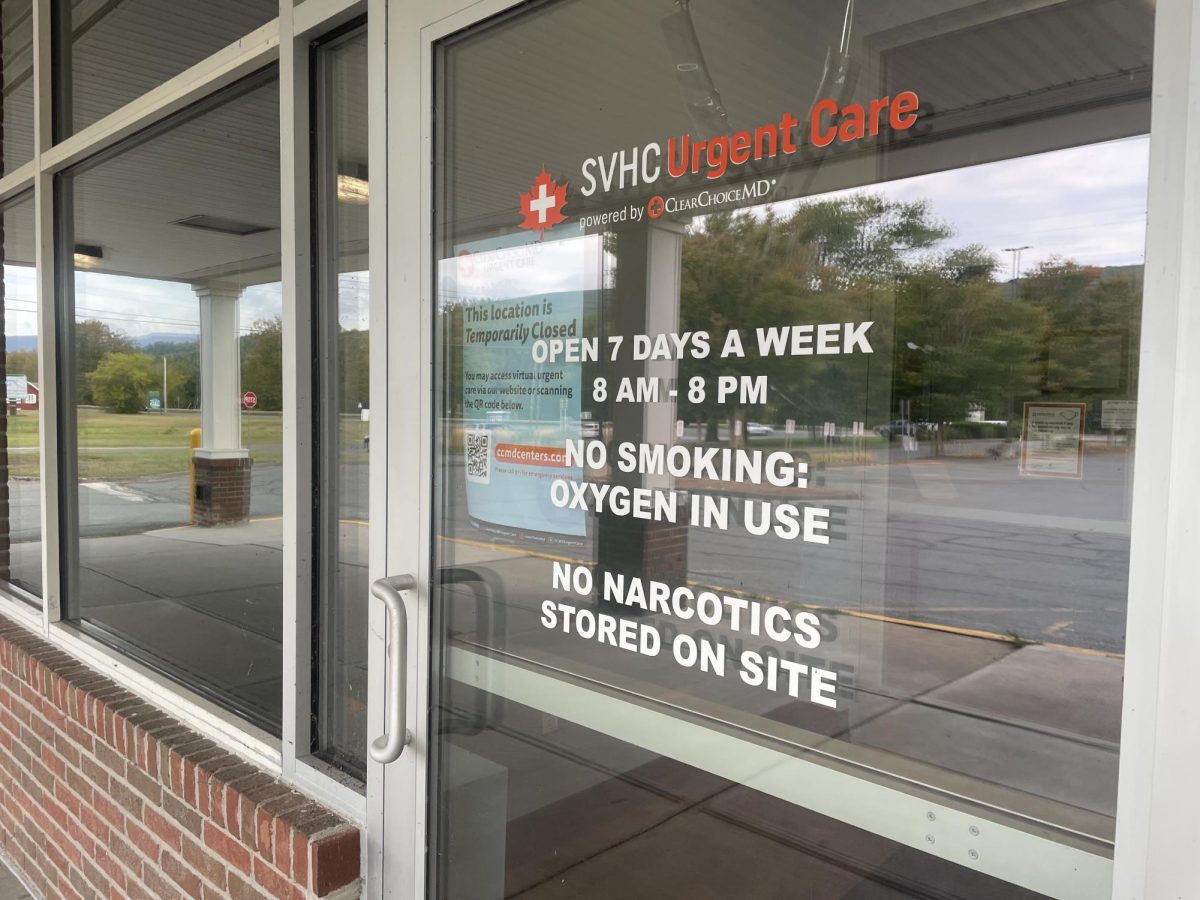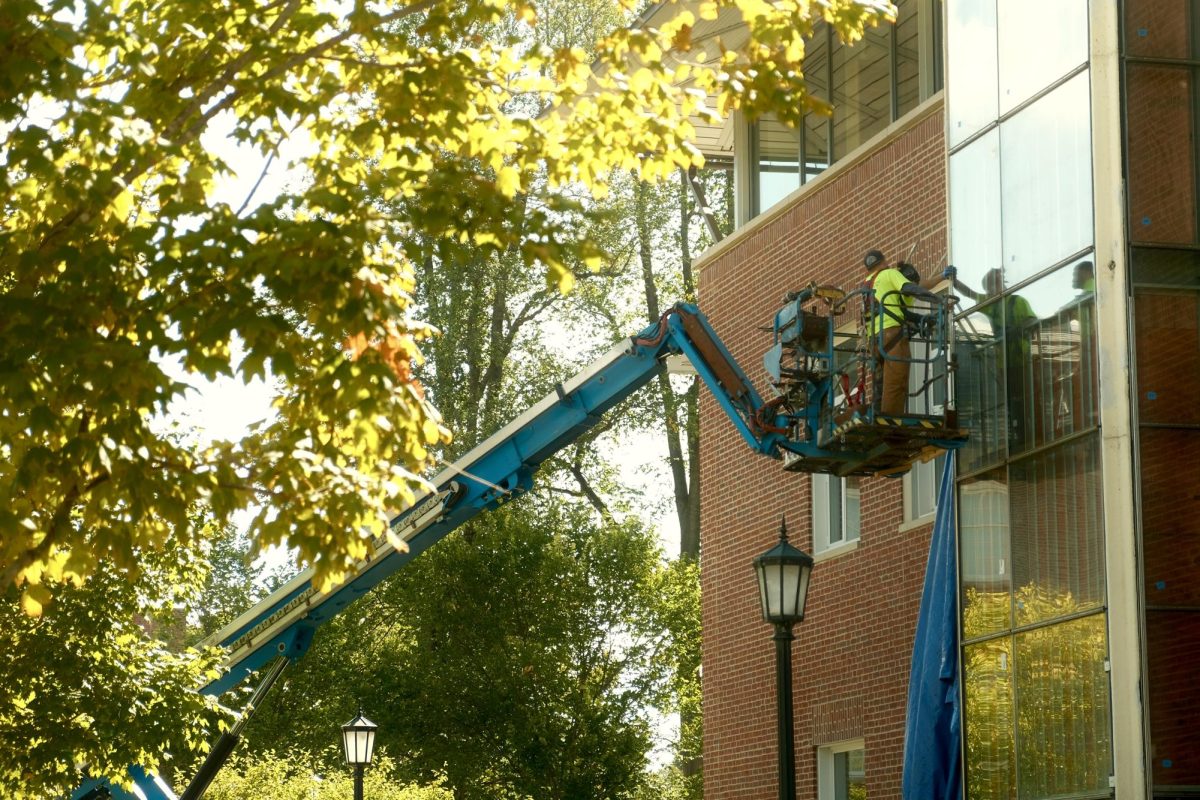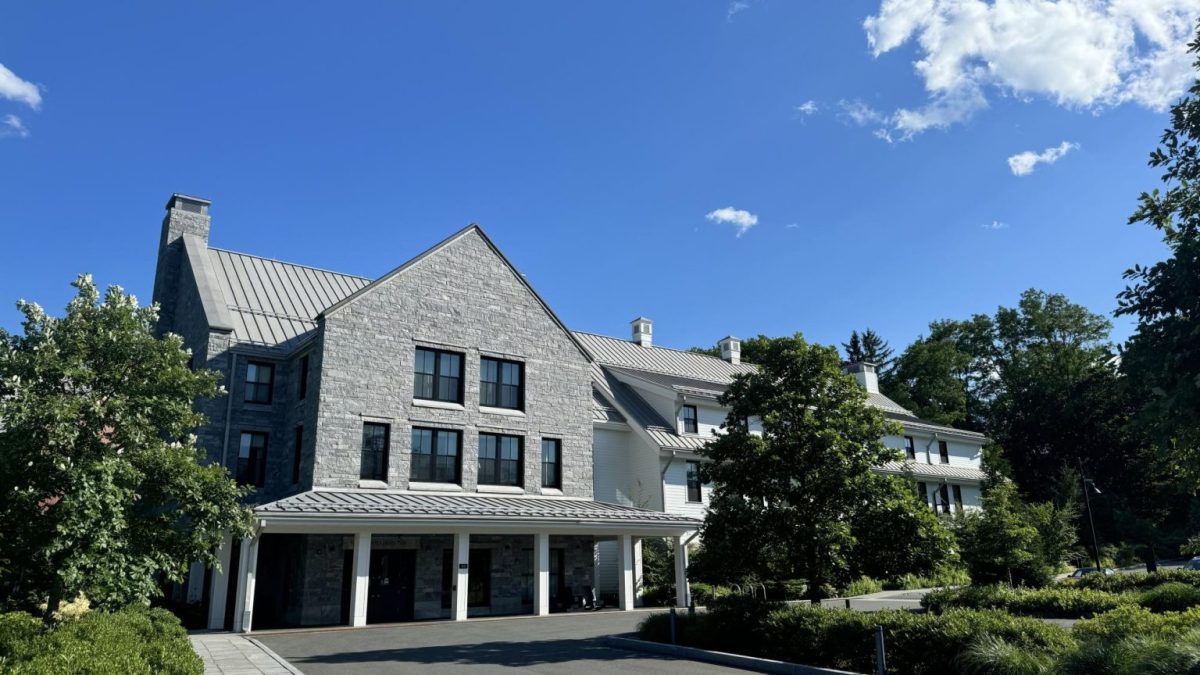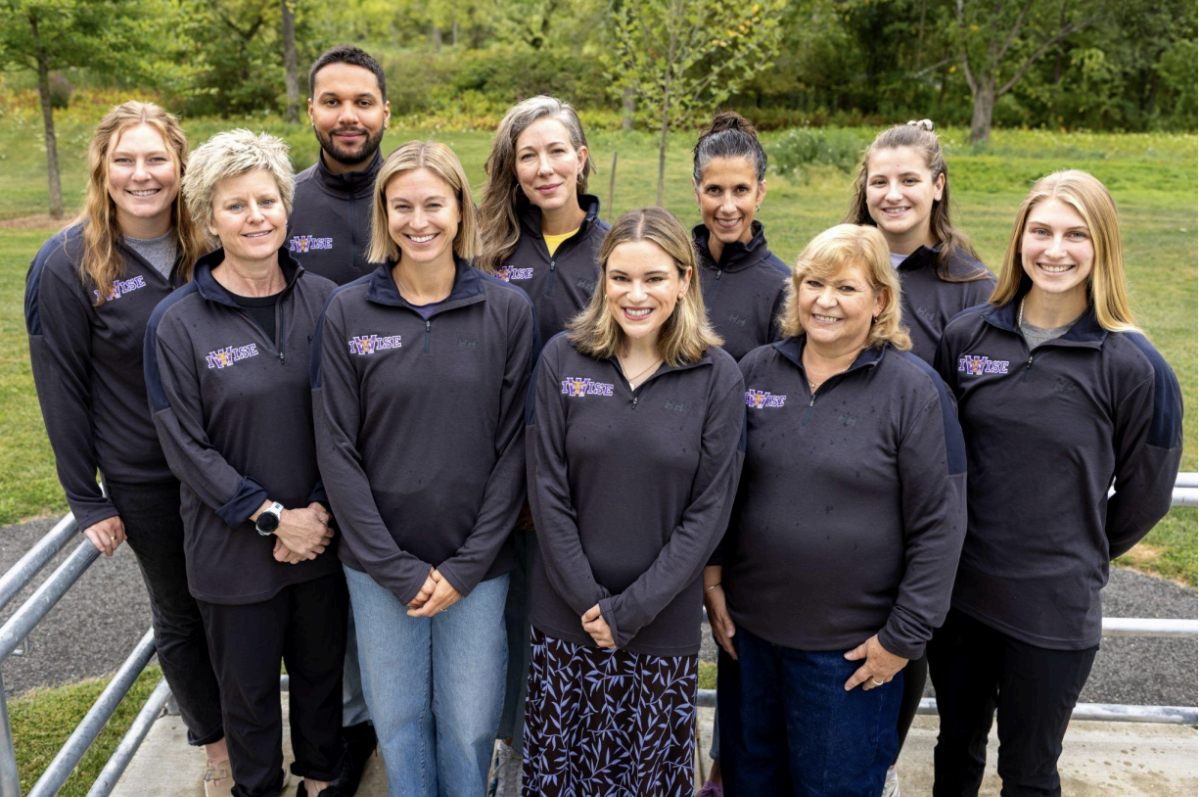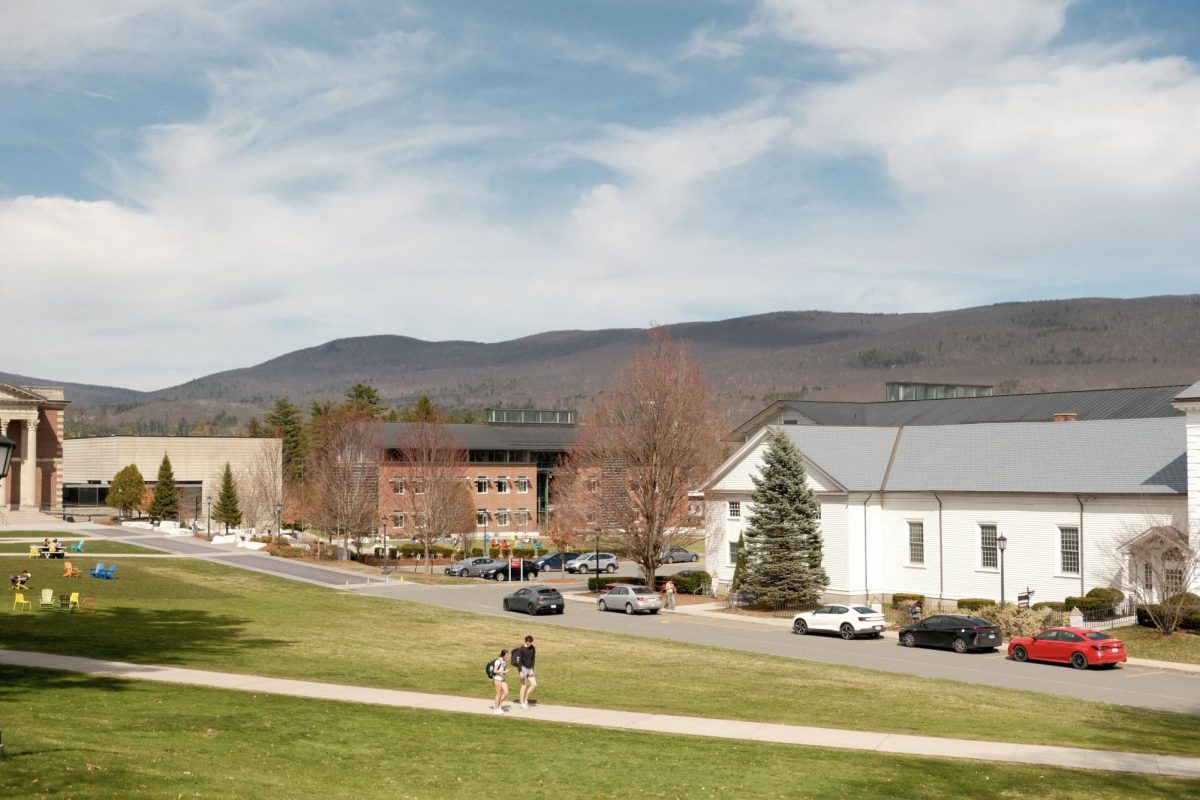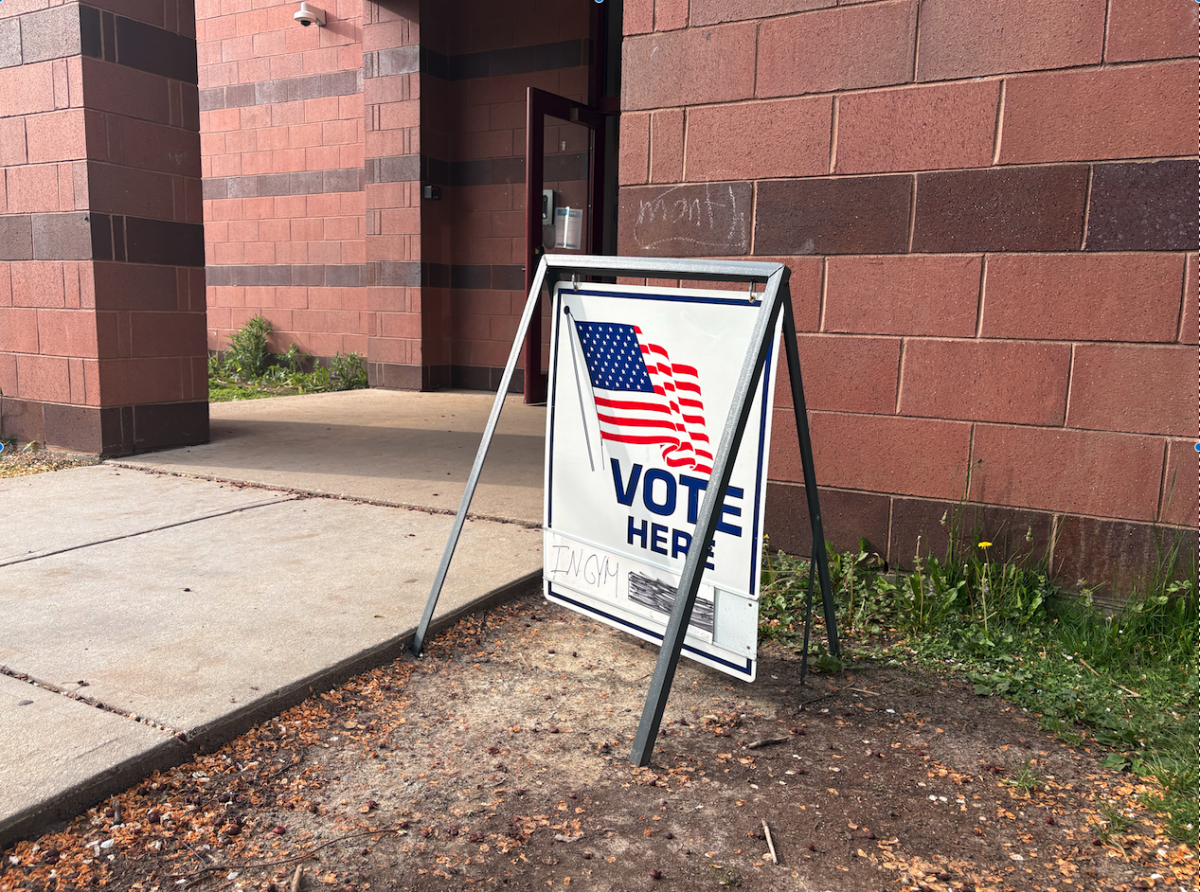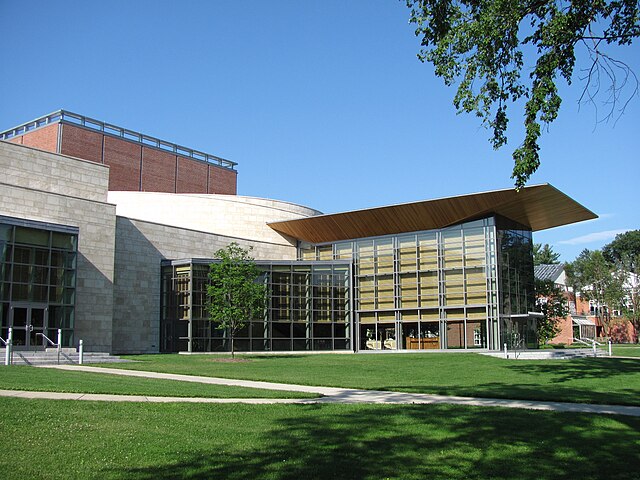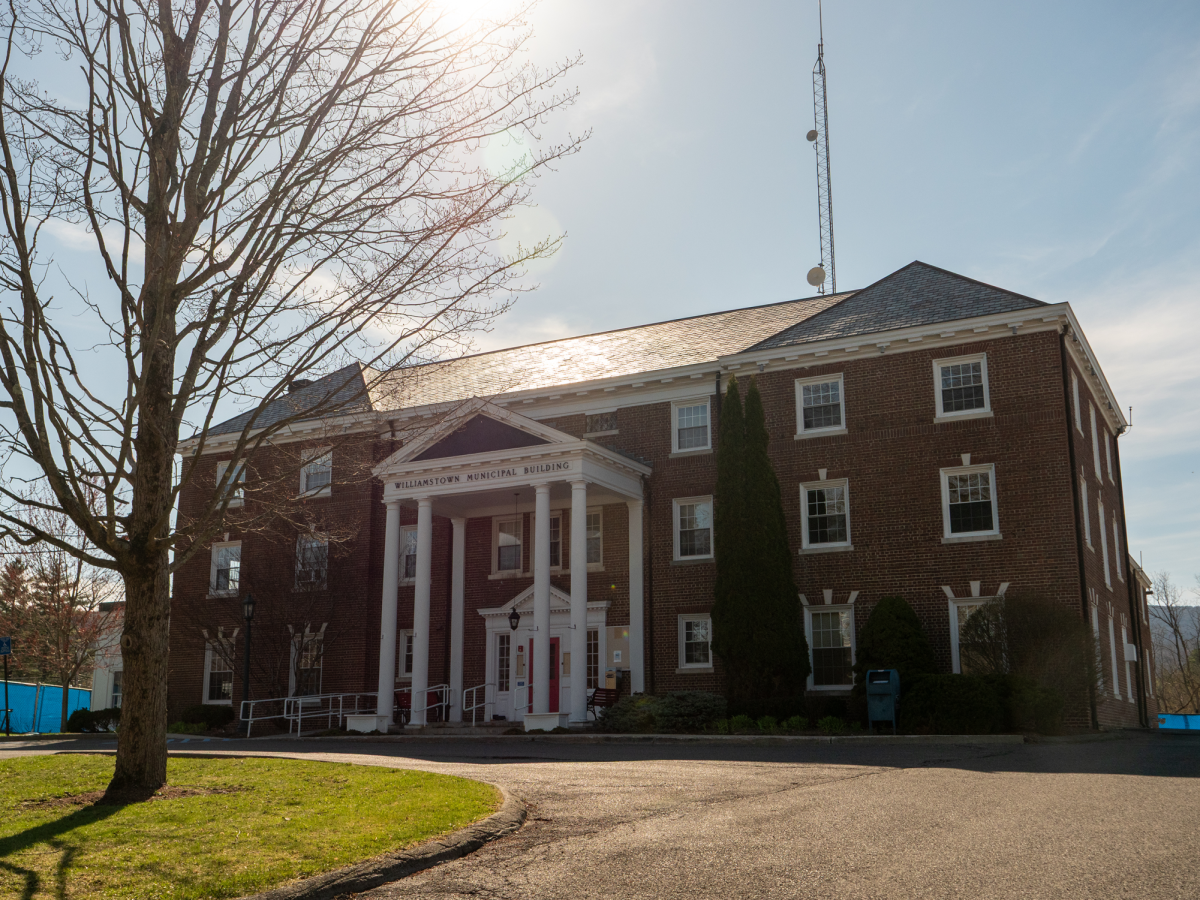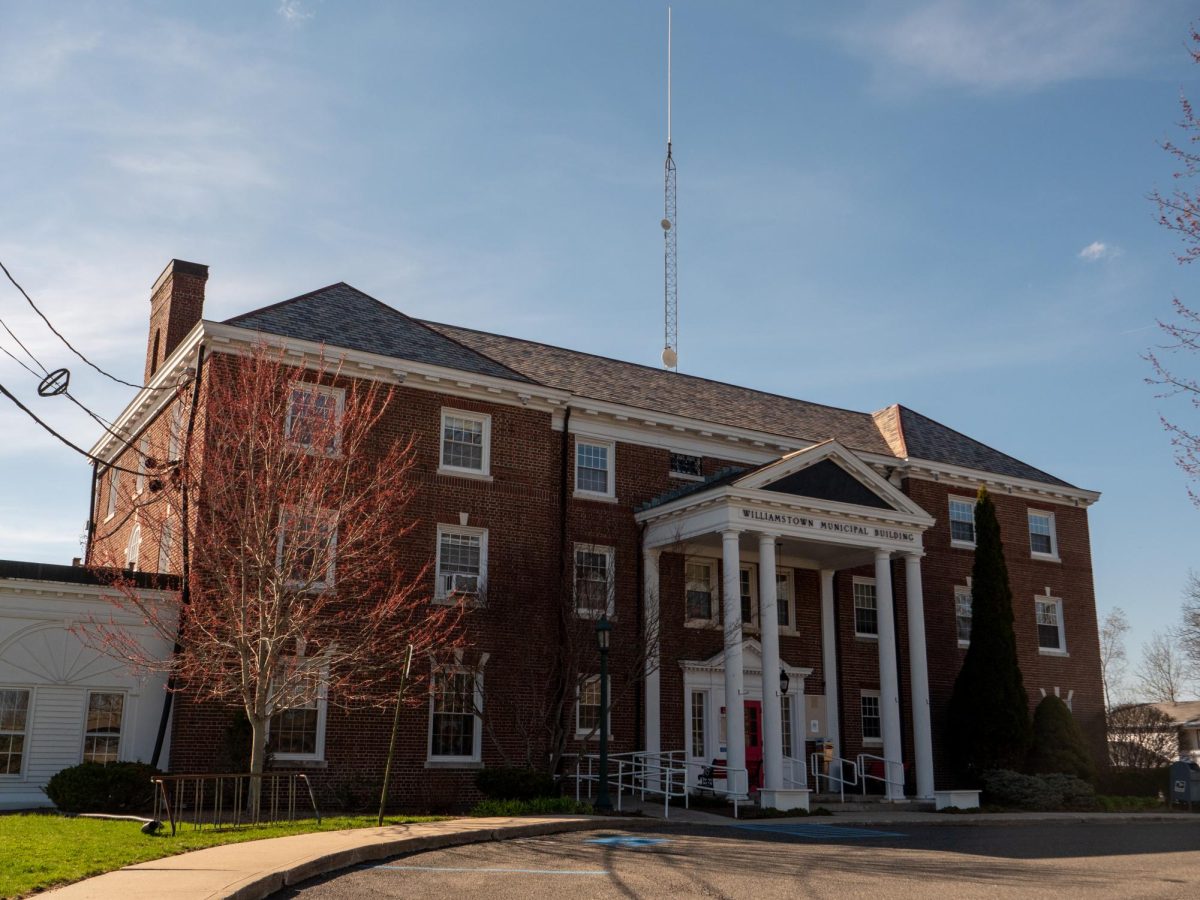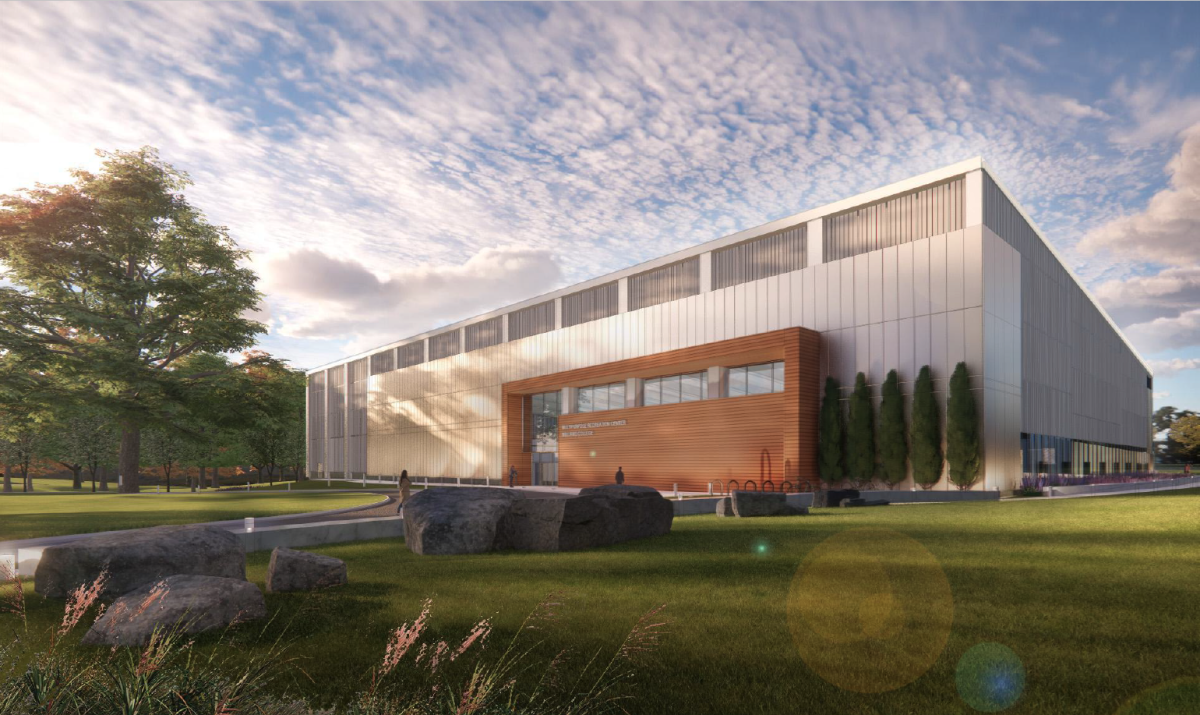The United States Army Corps of Engineers (USACE) and the city of North Adams hosted a public listening session on Nov. 2 on the Corps’ plans to reduce flood risks from the Hoosic River to the city’s community and its surrounding areas. The meeting was held in person at North Adams City Hall and over Zoom.
The USACE first constructed flood protection infrastructure along the Hoosic River’s North Branch between 1950 and 1961. The North Adams Local Protection Project included the construction of a concrete floodwall, channel, and weir, as well as the reconstruction and replacement of several dams, according to USACE’s New England District website.
On Aug. 25, 2023, the Corps initiated its three-year flood risk management feasibility project to study and overhaul the outdated flood defenses in North Adams. According to Hoosic River Revival, a volunteer organization, the project’s goal is to “reduce flood risk to the North Adams community by rehabilitating, replacing, or removing aging flood risk management infrastructure, while leveraging opportunities for aquatic ecosystem restoration and community recreation.” The Corps will examine flood risk areas that extend beyond the Hoosic River’s North Branch and incorporate sections in the Main Branch, which runs through Williamstown, and the South Branch.
At the Nov. 2 meeting, Laura Searles, the project’s lead planner, gave a presentation on Zoom that outlined the Corps’ work over the past few months and the “milestones” it hopes to achieve over the next three years. At each “milestone,” the Corps will announce its finalized list of options, its 2024 provisional plan, and its selected plan in March 2025. Lastly, after the feasibility report is submitted to the USACE Headquarters, a Chief’s report will be produced for Congressional authorization in August 2026. The agency is currently developing a scope for the project by identifying known problems and gathering feedback from the community.
“I want to remind everyone that we are still very early in this three-year process,” Searles said before the first round of questions from the audience. “This is our first pass at creating these solutions for your area. We want to hear your feedback and your ideas so that we can make sure we are heading down the right path.”
In her presentation, Searles proposed five options for how the agency could approach flood risk management and aquatic ecosystem restoration along the Hoosic River. Each option will consider nonstructural and structural solutions, and nature based features. Such proposals include the removal or modification of dams, flood proofing, and wetland and stream restorations. Each alternative can be implemented within each section and branch of the Hoosic River.
After its first “milestone” meeting on Dec. 13, the agency will start discussing solutions and continue evaluating them for the next nine months. After choosing their provisional plan on Sept. 18, 2024, the Corps will then analyze the plan’s feasibility. “We do that by comparing all the solutions that we have come up with and reviewing them for their completeness and effectiveness in solving the problems, the cost efficiency based on class estimates, whether or not they can actually be implemented, and their acceptability to the non-federal sponsor and the community,” Searles said at the meeting.
The Corps expects to release a draft report in October 2024 for public and agency review. “This is your bread and butter from when you will get the most information from us about this process,” Searles said.
After assessing their draft report, the Corps will produce a cost-benefit economic analysis, probe into water quality and environmental justice in disadvantaged communities, and consider the solution’s effects on the job market.
Throughout the meeting, listeners had the opportunity to ask questions about the project. The Corps solicited feedback about its planning process, inquiring about attendees’ awareness of additional opportunities for ecosystem restoration and any risks its proposed alternatives may have overlooked.
In response to a question about the agency’s outreach to local Indigenous communities, Kristina May, a biologist working on the project, responded that the Corps has sent out letters to Indigenous groups, including the Stockbridge-Munsee Community’s office in Williamstown, as the project progressed on their historical homeland.
Additionally, a few community members advised the agency to look into specific areas in North Adams, like Ashland Street and Galvin Road, which have experienced flood damage from the Hoosic River in the past.
“There [are] a lot of different aspects on what we will be considering within the next year, and having that input from the community … during these meetings is incredibly valuable,” Searles said at the end of the meeting. She added that community members can comment on the project by sending messages to [email protected].



